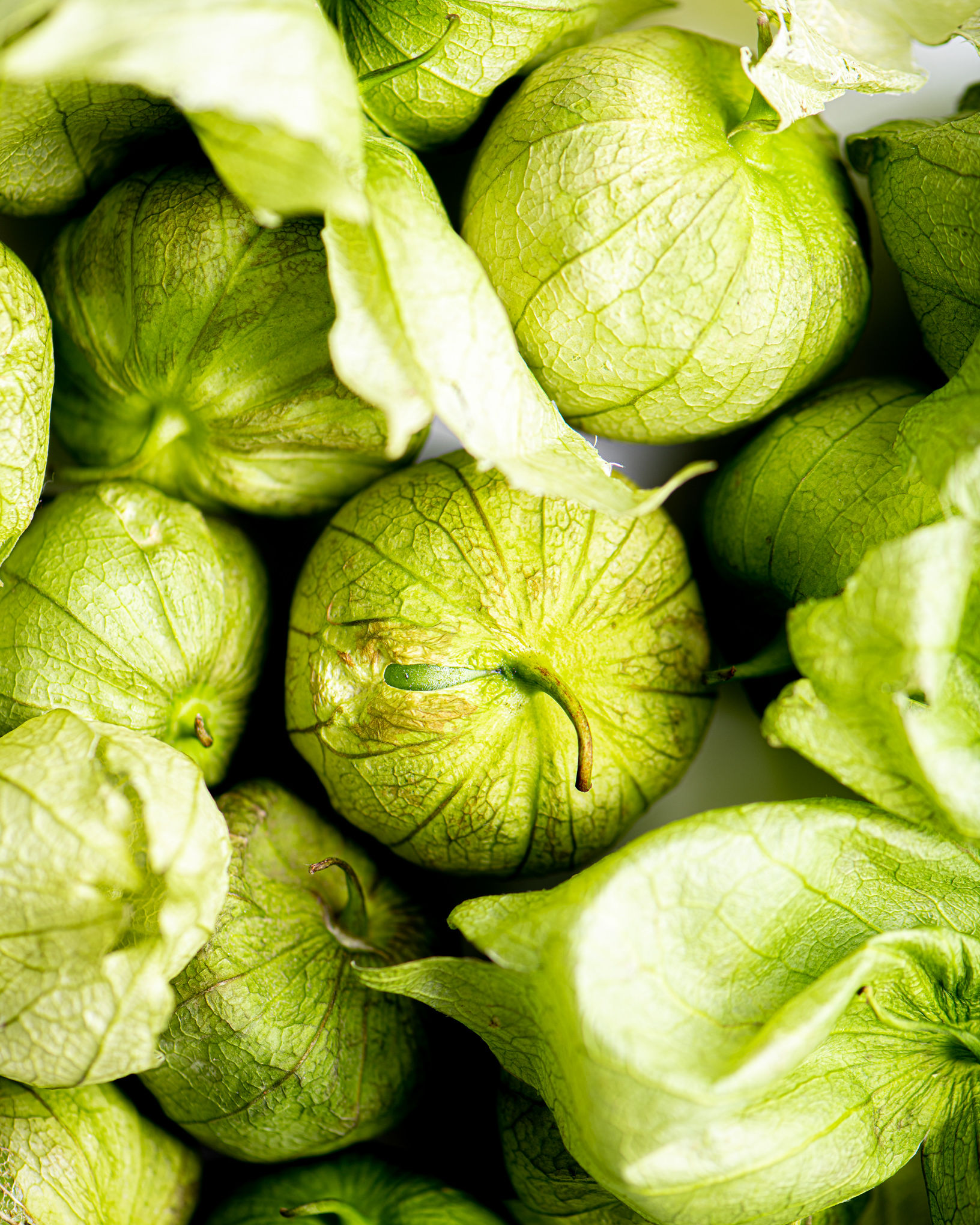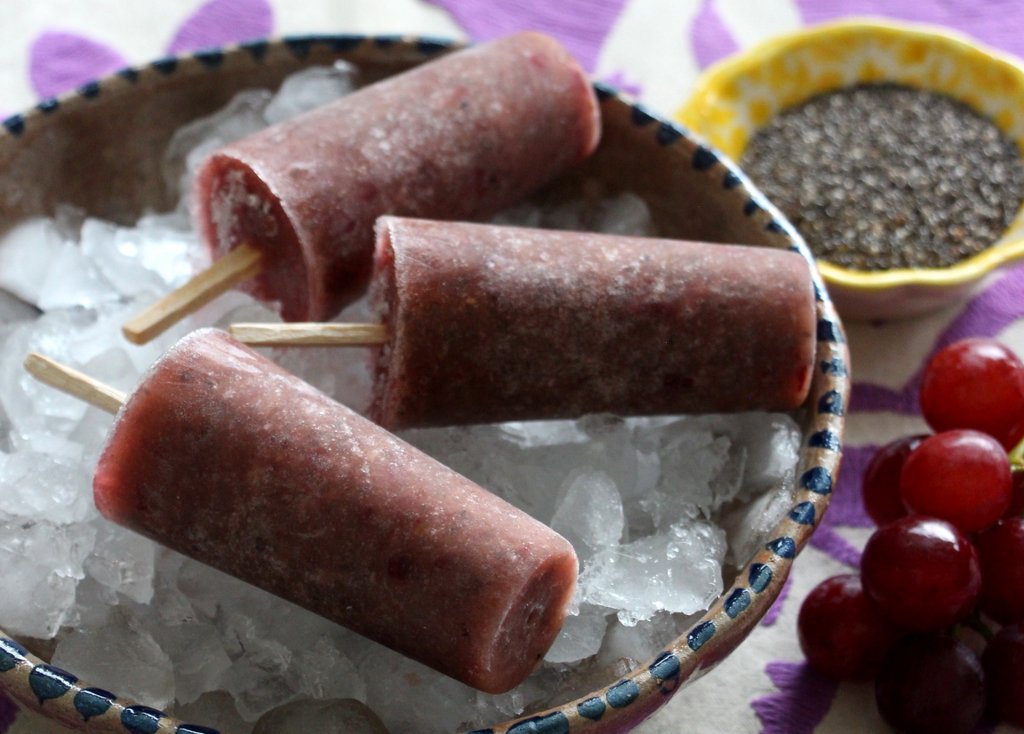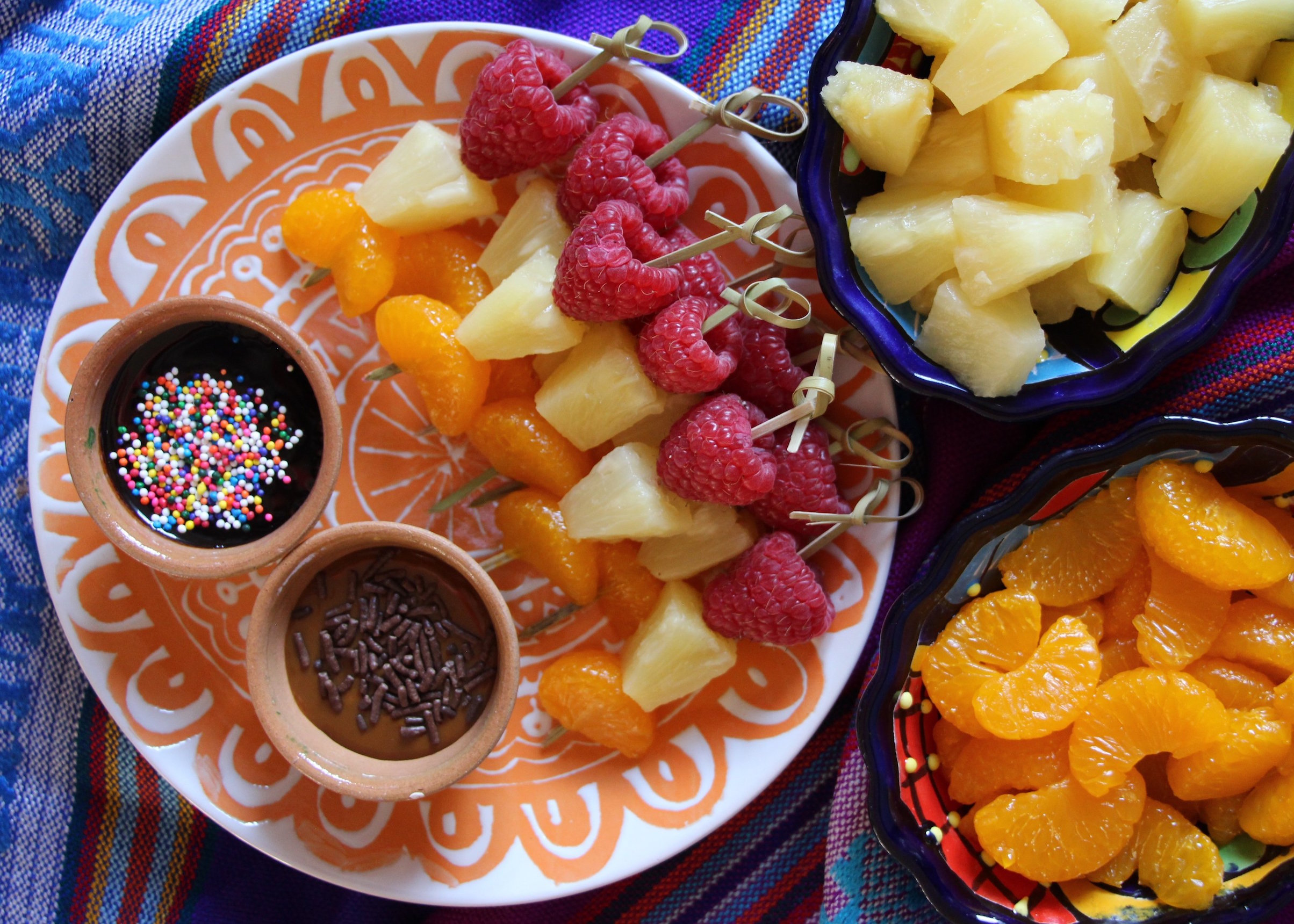When to Harvest Tomatillos + Best Tomatillo Salsa Recipes
Learn when to harvest tomatillos for the best flavor and texture and discover the best tomatillo recipes including tomatillo salsa, tomatillo enchilada sauce, and more! Get ready to enjoy tomatillos in your favorite Mexican recipes including my go-to salsa for breakfast tacos and tostadas!
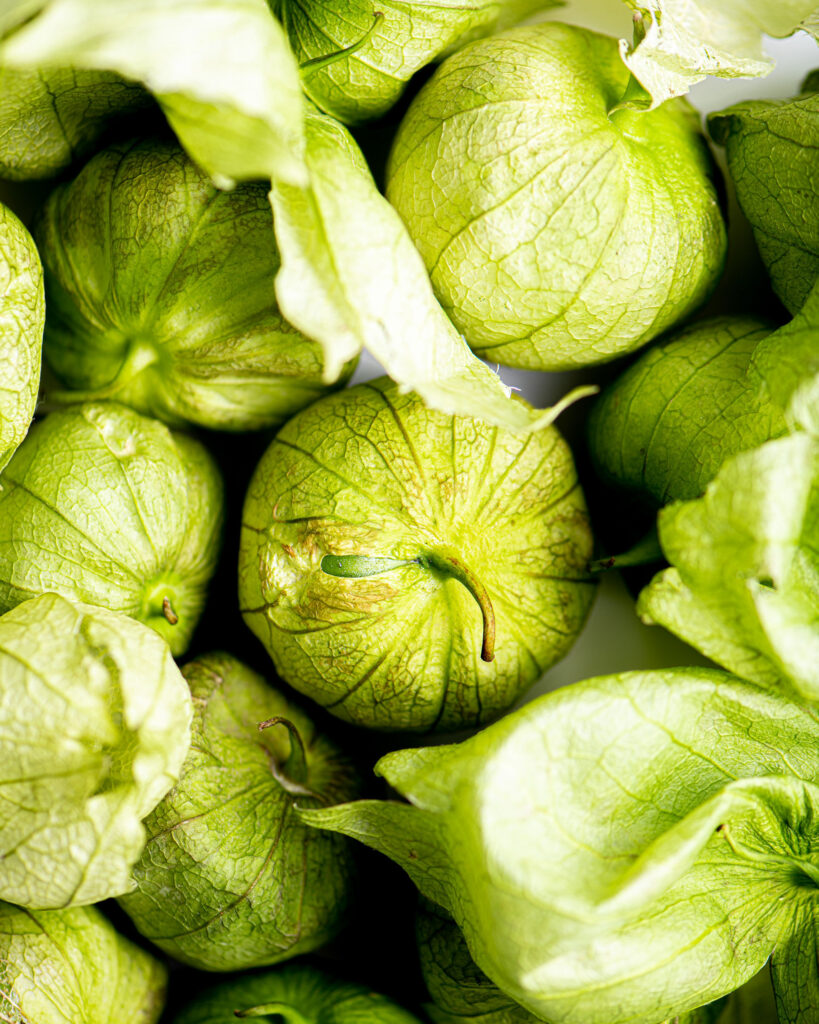
Tomatillos present an exciting addition to your homegrown produce. These small, round fruits, also known as Mexican husk tomatoes or Mexican ground cherries, have a distinct tangy flavor that adds a unique touch to various Mexican dishes including salsas, sauces, and stews. With their versatility and nutritional benefits, it’s no wonder tomatillos have been cultivated in Mexico and Central America for thousands of years. In this guide, I’ll touch on best practices for harvesting tomatillos at their peak ripeness, their ideal color and texture, and provide delicious recipes to make the most of your tomatillo harvest.
WHAT ARE TOMATILLOS?
Tomatillos, scientifically known as Physalis ixocarpa or Physalis philadelphica, are members of the nightshade family, alongside potatoes, tomatoes, and eggplants. Unlike their counterparts, tomatillos grow in a papery husk that offers protection from pests and diseases. Native to Mexico and Central America, these nightshades are celebrated for their tangy, slightly tart taste, making them an integral part of traditional Mexican cuisine.

WHY I LOVE TOMATILLOS
Unique Flavor: Tomatillos have a tangy, slightly tart flavor that is distinct from other fruits and vegetables.
Versatility: Tomatillos are a versatile ingredient that can be used in a variety of dishes. They can be cooked or eaten raw, and they pair well with many different flavors and ingredients.
Nutritional Benefits: Tomatillos are low in calories and high in nutrients such as vitamin C, fiber, potassium, and antioxidants, making them a great addition to any diet.
Easy to Grow: Tomatillos are easy to grow in a variety of climates. This makes them a popular choice for home gardeners who want to grow their own fresh produce.
Cultural Significance: Tomatillos are an important ingredient in many cuisines, particularly Mexican cuisine. Their unique flavor and versatility have made them a staple in many traditional dishes.
HOW TO GROW TOMATILLOS
Tomatillos are relatively easy to grow and thrive in various climates, making them an excellent choice for home gardeners. To cultivate healthy tomatillo plants:
Tip 1:
Provide them with plenty of room to grow by spacing them appropriately and using stakes or a tomato cage to support the plant stem.
Tip 2:
Remember to keep the soil well-mulched and free from weeds to promote optimal growth.
Tip 3:
A tomatillo plant attracts both beneficial and harmful insects, so be on the lookout for pollinators and take preventive measures against common pests including snails, slugs, flea beetles, and aphids, which may cause damage to the foliage.
WHEN TO HARVEST TOMATILLOS
It’s important to know how to tell when tomatillos are ripe:
- Ripe tomatillos are bright green (like green apples), fill the husk, and feel firm but slightly soft when gently squeezed.
- The husk may split or become papery when the tomatillo is ready to be harvested.
- Don’t wait too long to harvest, as overripe tomatillos can become mealy and lose flavor. They also have a funky smell and flavor when overripe. Avoid using these in any recipes, raw or cooked.
HOW TO EAT TOMATILLOS
Tomatillos are a nutritious and flavorful fruit that are a staple ingredient in traditional Mexican cuisine and can be used in a variety of dishes such as salsas, sauces, and stews. They can even be used fresh in salads in place of or alongside tomatoes! Before using tomatillos, remember to remove the husk and rinse thoroughly to wash off the sticky residue.
Here are a few popular recipes that will show you what to do with tomatillos whether they are store-bought or homegrown:
Classic Salsa Verde: This classic Mexican sauce is made with tomatillos, jalapeno peppers, onions, and garlic. It’s perfect for topping tacos, enchiladas, or any other Mexican-inspired dish.

Guacamole Salsa: a spin on classic guacamole, raw tomatillos shine in this salsa made with avocado and other fresh ingredients.
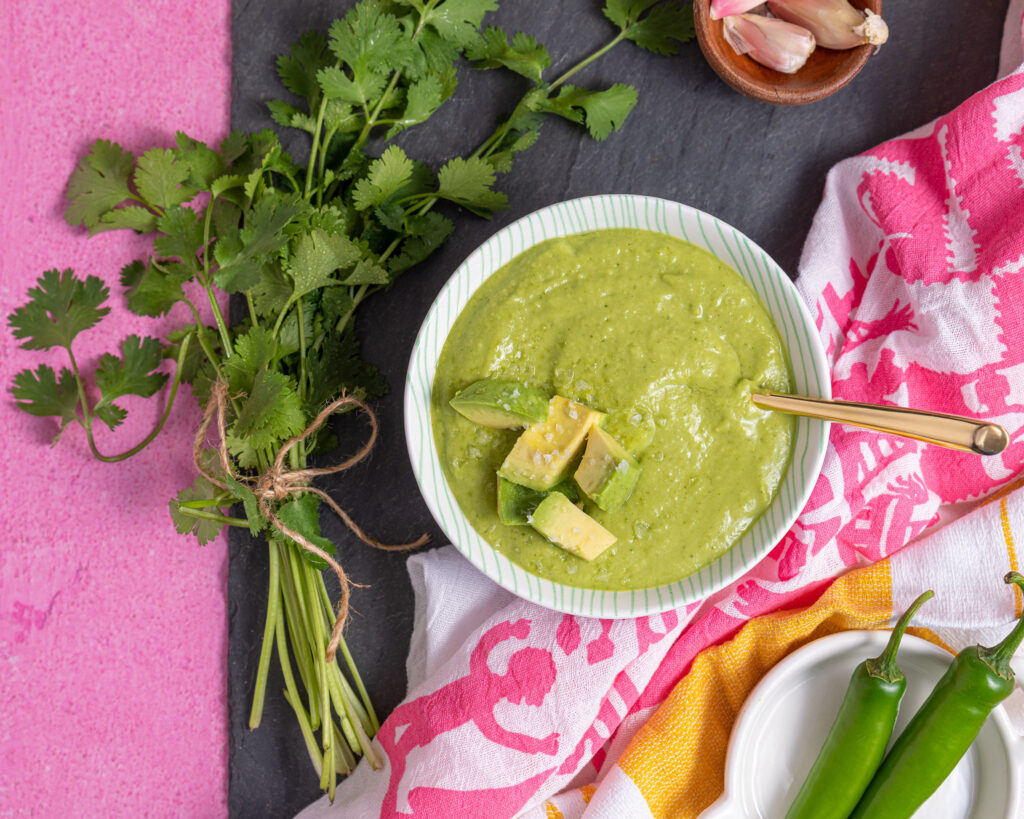
Tangy Tomatillo Salsa with Chile de Árbol: This is my go-to salsa for tacos!
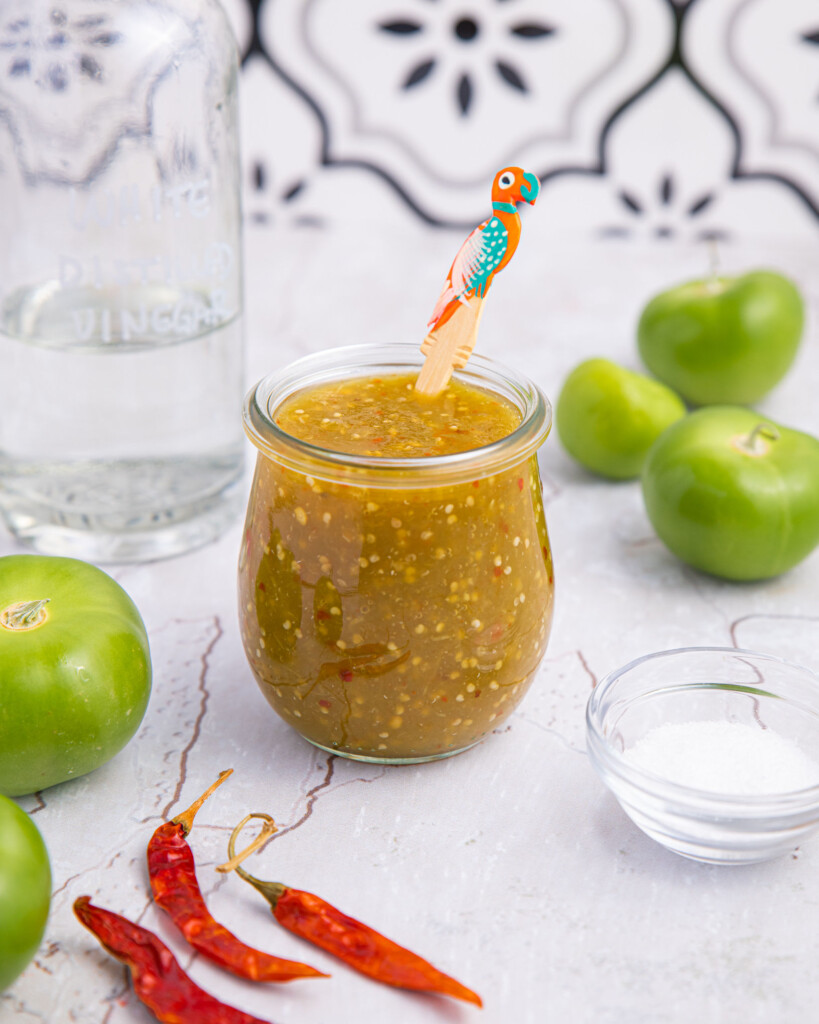
Green Pozole with Chicken: A mix of tomatillos, chiles, and other green ingredients make the flavorful broth in green pozole.

3 HEALTH BENEFITS OF TOMATILLOS
Nutrient-rich: Tomatillos are low in calories but high in vitamin C, fiber, and potassium, promoting immune function, digestive health, and heart health.
Anti-inflammatory properties: Tomatillos contain withanolides, which have shown anti-inflammatory properties that may help reduce the risk of heart disease, diabetes, and cancer.
Cancer-fighting properties: Withanolides in tomatillos have also been found to inhibit cancer cell growth and prevent the formation of new blood vessels that can feed tumors, potentially contributing to cancer prevention.
HOW TO STORE TOMATILLOS
To store tomatillos, remove the husks and place them in a paper bag in the refrigerator. They should stay fresh for up to two weeks with proper storage. As with most ripe fruit, avoid using plastic bags, as they can trap moisture and cause faster spoilage.
FREQUENTLY ASKED QUESTIONS
Yes, it is safe to eat raw tomatillos. Remember to remove the husk and rinse them thoroughly. They make a tangy addition to salads! While most Mexican recipes require cooking, roasting, or toasting tomatillos, a few call for raw tomatillos.
Raw tomatillos have a tart, slightly sweet flavor that is similar to a green apple. Keep in mind that when roasting tomatillos, this reduces the tanginess and brings out a sweet, herbal and citrusy taste.
A ripe tomatillo is bright green, fills the husk, feels firm but slightly soft when gently squeezed, and the husk may split or become papery. If you are buying tomatillos from a grocery store or farmers’ market, it is best to choose ones that are plump and firm, with no blemishes, yellowing, or signs of mold. If you are growing your own tomatillos, you can harvest them when they are fully developed and the husk is beginning to dry out and split. Avoid ones that have a funky odor or faded color. They should be a bright, lime green color.
Tomatillos can be found at most grocery stores and farmers’ markets, particularly in areas with a large Mexican or Central American population.
No, a tomatillo is not a green tomato, although they may look like green little tomatoes. Tomatillos are a different species of fruit that are covered by a papery husk, while green tomatoes are simply unripe tomatoes that have yet to develop their characteristic color and flavor.
LOOKING FOR MORE INSPIRATION?
Enchiladas Verdes (Chicken Enchiladas with Tomatillo Sauce)
Tender Shredded Pork in Salsa Verde
25 Insanely Delicious Tomatillo Recipes
What are your favorite ways to use tomatillos? I’d love to hear! Leave a comment below or tag @lolascocina on social media.
Photography: Cacey McReavy

Lola Wiarco Dweck
Lola is a Mexican-American recipe developer, writer, and cooking instructor who loves sharing her culture with the world. Growing up in California and spending summers in Mexico, Lola celebrates her family’s Mexican recipes and vibrant culture through Lola’s Cocina.





